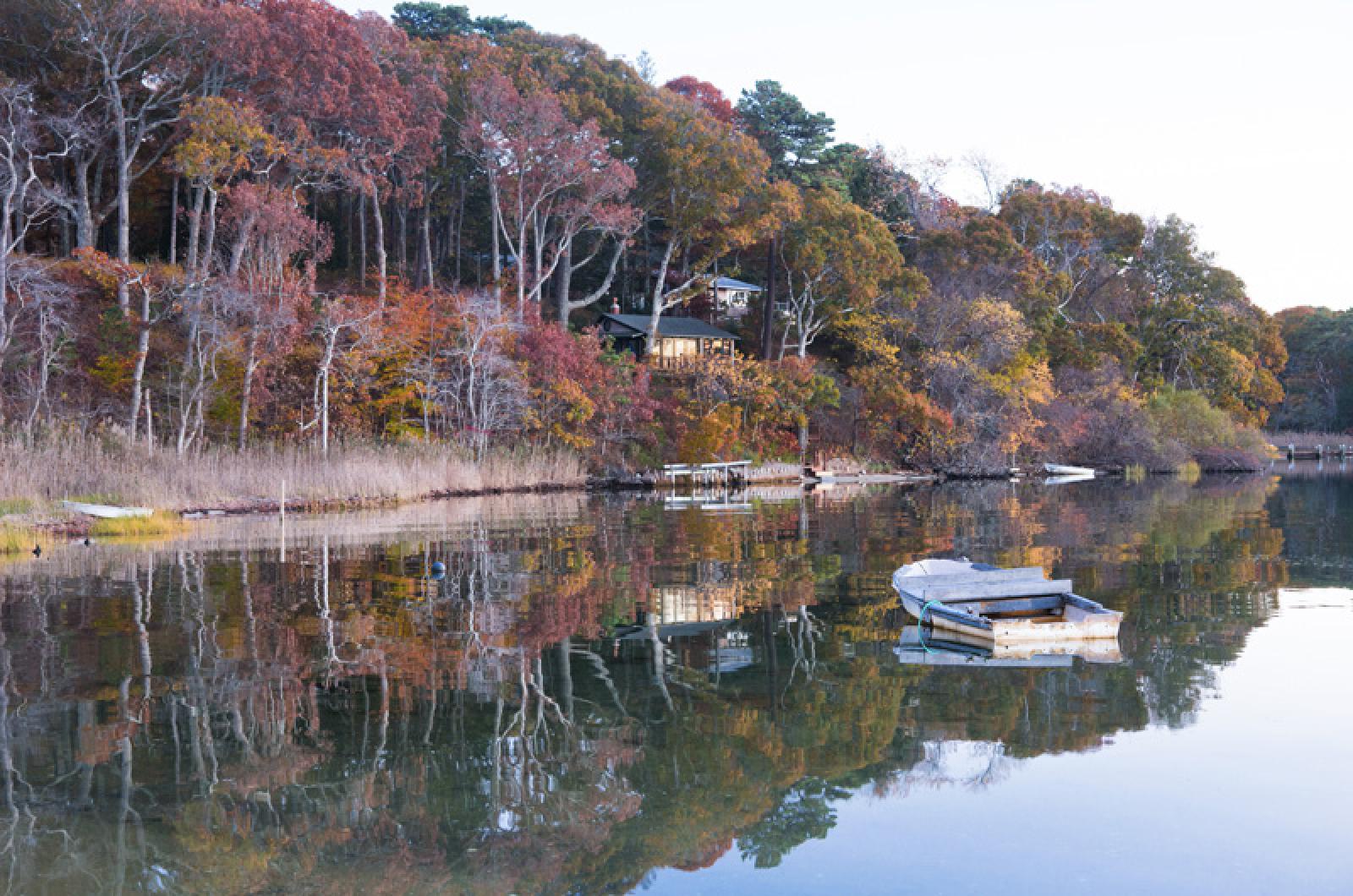A plan by the Tisbury selectmen to incorporate state maps into the town waterways regulations could extend no-anchor zones to protect fragile eelgrass beds in Lake Tashmoo.
Selectmen will hold a public hearing early next month on whether to adopt the Massachusetts Ocean Resource Information System (MORIS) maps, an online resource created by various state agencies to provide spatial data of coastal regions in Massachusetts, including Lake Tashmoo and Lagoon Pond.
“I would like to see us enact this policy of abiding by the MORIS maps as they are,” selectman and board chairman Melinda Loberg said at a meeting last week. If the maps are adopted, all the areas of Tashmoo containing eelgrass beds could be designated as no-anchor zones.
In September the selectmen voted to designate Drew’s Cove at the southern end of the saltwater lake as a no-anchor zone, following the recommendation of an eelgrass study committee. The selectmen asked the committee to go further, and work with the harbor management committee to come up with a plan to phase out moorings in ecologically sensitive areas in Lake Tashmoo, designating other areas with no eelgrass habitat as anchor zones.
The committees could not reach a consensus, but last week selectmen decided to move ahead with adopting the MORIS maps.
The public hearing will be held Dec. 6.
Eelgrass beds are considered an essential component of a healthy habitat for shellfish beds in saltwater ponds. On the Vineyard, the beds have declined in ponds that have seen increased human use such as boating and shoreside development.
Around the Island in recent years efforts have been under way to study the causes of eelgrass decline and take steps to mitigate it.
“I think this is an opportunity for us to really see if not disrupting areas of eelgrass actually has a beneficial effect, allowing it to reseed and restructure,” Mrs. Loberg said. “And after three years whatever we see, some response or none or whatever, we’ll know something more then and well be more informed about how to act going forward after that.”
Lynn Fraker, a commercial scalloper, asked that special attention be paid to the Lagoon Pond as well.
“It would break your heart if you could see the bottom of the Lagoon,” she said. “There is so much dead stuff on the bottom, it’s worse than ever. When we work in there, we see it.”




Comments (2)
Comments
Comment policy »